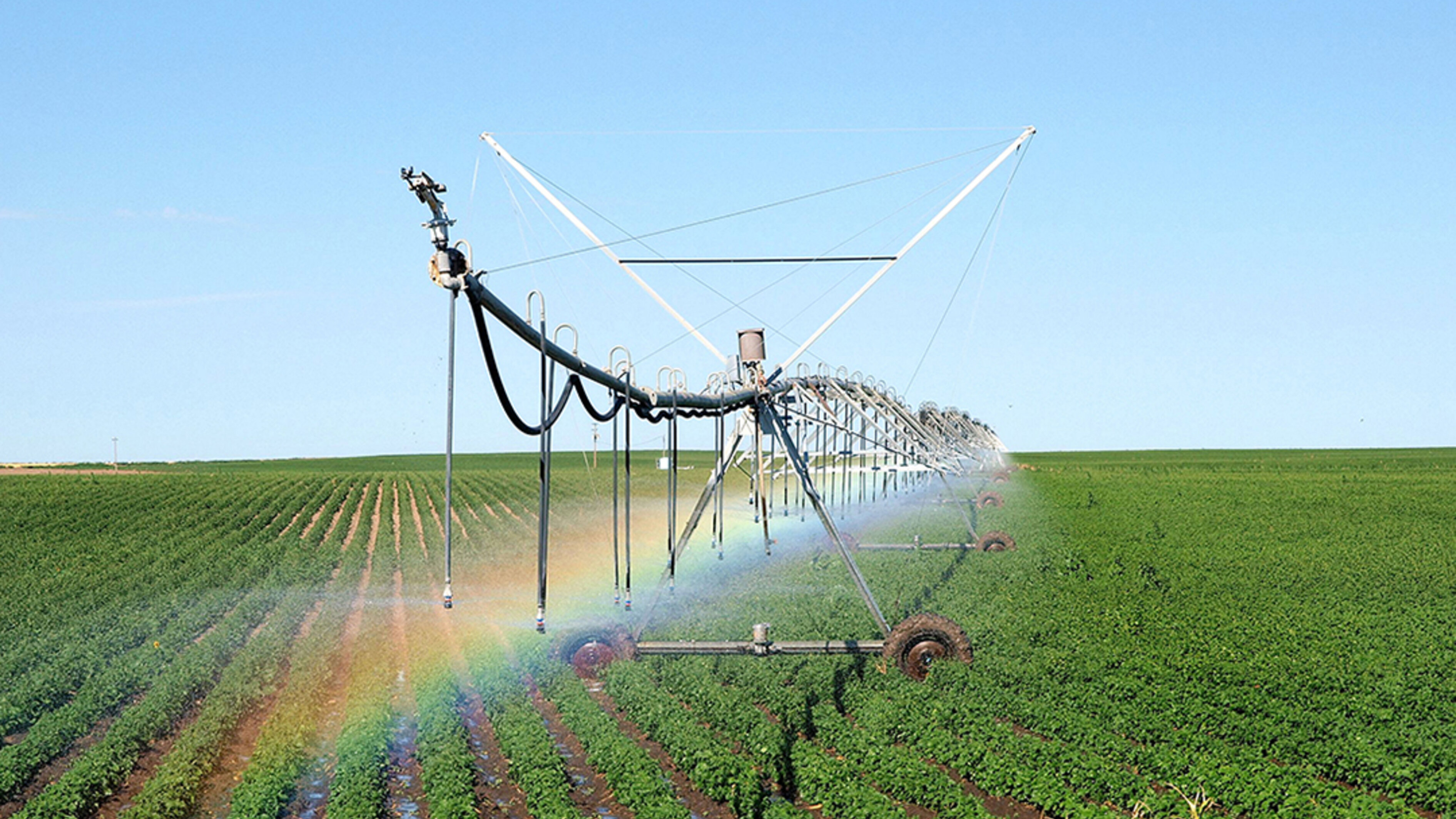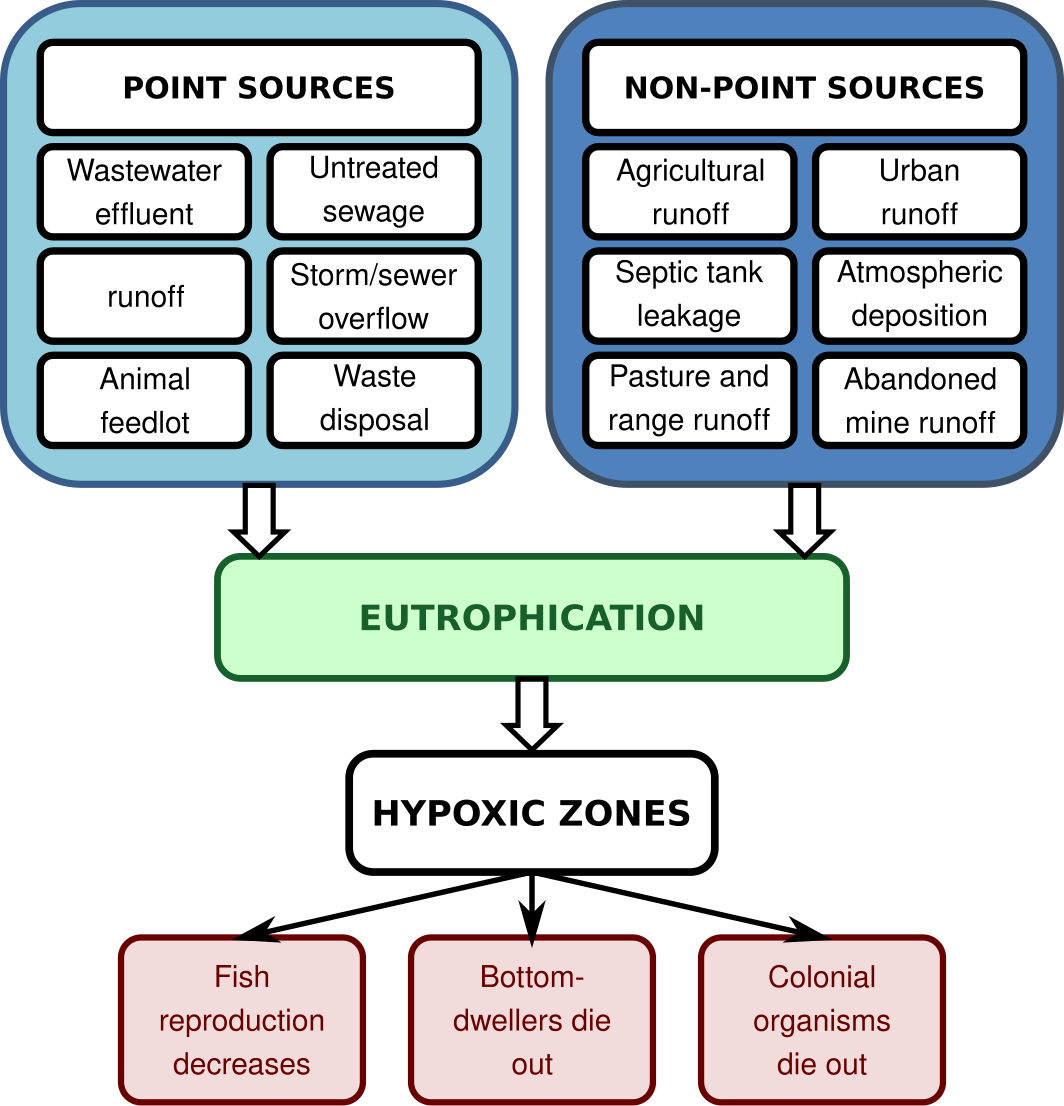IB Syllabus focus:
‘High-yield varieties with irrigation, synthetic fertilisers and pesticides boosted output but raised social, economic and environmental concerns; nitrogen fertiliser production depends on fossil fuels.’
The Green Revolution dramatically reshaped global agriculture by introducing new technologies, increasing food yields, and altering traditional farming. However, it also created significant environmental, economic, and social challenges.
The Green Revolution: An Overview
The Green Revolution (mid-20th century) was a period when agricultural scientists and policymakers promoted high-yielding crop varieties, fertilisers, pesticides, and mechanisation. It aimed to combat hunger, especially in developing countries.
Key Features
High-yielding varieties (HYVs) of crops such as wheat and rice.
Expansion of irrigation systems.
Use of synthetic fertilisers and chemical pesticides.
Increased mechanisation (tractors, harvesters, pumps).
High-Yielding Varieties (HYVs)
HYVs were central to the Green Revolution. They were bred to respond better to fertilisers and water.
High-Yielding Varieties (HYVs): Crop strains selectively bred for higher productivity, often requiring intensive inputs of water, fertilisers, and pesticides.
HYVs of rice and wheat transformed agriculture in Asia and Latin America.
Their adoption led to rapid increases in food production, reducing famines in some regions.
Irrigation Expansion
Large-scale irrigation systems allowed HYVs to thrive, as these crops required reliable water supplies.

A centre-pivot sprinkler irrigating a bean field, illustrating the reliable water delivery that underpinned Green Revolution yield gains. The image also hints at energy and water demands that factor into sustainability assessments. Source.
Dams, canals, and groundwater pumping were expanded.
Irrigation reduced dependence on rainfall but increased water stress in many regions.
Groundwater depletion became a long-term consequence.
Synthetic Fertilisers
The Green Revolution heavily depended on chemical fertilisers, especially nitrogen-based fertilisers.
Synthetic Fertilisers: Inorganic chemical compounds, often containing nitrogen (N), phosphorus (P), and potassium (K), applied to soils to increase crop productivity.
Nitrogen fertiliser is produced using the Haber–Bosch process, which relies on fossil fuels.

A process flow diagram of ammonia production via the Haber–Bosch process, showing feed purification, steam reforming of methane to hydrogen, nitrogen separation from air, and catalytic synthesis of NH₃. This visual clarifies why synthetic fertiliser manufacture is tightly coupled to fossil-fuel energy. Elements such as desulfurisation and reforming detail are beyond syllabus depth but help illustrate the energy pathway. Source.
Fertiliser use improved crop yields but contributed to soil acidification, eutrophication, and GHG emissions.
Pesticides
The use of pesticides became widespread during the Green Revolution.
Controlled insects, weeds, and diseases.
Boosted short-term productivity.
However, overuse led to pest resistance, loss of biodiversity, and contamination of soils and water.
Social Impacts
While the Green Revolution increased global food supply, the impacts were uneven:
Benefited large, wealthy farmers who could afford inputs.
Increased inequality as smallholders struggled with rising costs.
Contributed to rural migration, as mechanisation reduced labour needs.
Helped prevent famines in some developing nations but did not eliminate malnutrition.
Economic Impacts
Boosted national agricultural output, especially in India, Mexico, and the Philippines.
Reduced dependence on food imports in some countries.
However, costs of fertilisers, pesticides, and irrigation created farmer debt cycles.
Many economies became dependent on fossil-fuel-based inputs.
Environmental Impacts
The environmental effects of the Green Revolution were profound and long-lasting:
Soil degradation through nutrient depletion and salinisation.
Water scarcity due to over-extraction for irrigation.
Pollution of rivers and lakes from fertiliser runoff, leading to eutrophication.

A schematic of eutrophication: nutrient enrichment stimulates phytoplankton blooms, reduces water clarity, and drives hypoxia as decomposers consume oxygen. This aligns directly with the syllabus’ environmental concerns for fertility inputs. Source.
Decline in biodiversity from monocultures and pesticide use.
Contribution to climate change via nitrous oxide (N₂O) emissions from fertilisers.
Fertility Inputs Beyond the Green Revolution
Modern soil fertility management recognises the need for sustainable practices. While synthetic inputs remain dominant, other strategies are increasingly promoted:
Organic fertilisers (compost, manure).
Agroforestry and mixed cropping to maintain soil nutrients.
Use of biofertilisers and mycorrhizal fungi to enhance nutrient uptake.
Emphasis on sustainable intensification rather than reliance on fossil-fuel-based fertilisers.
Critical Evaluation
The Green Revolution highlights the trade-offs between increased production and sustainability.
It succeeded in raising yields and reducing hunger in some regions.
But it also intensified environmental pressures and widened socio-economic inequalities.
Today’s agricultural debates focus on whether sustainable alternatives can replace dependency on fossil-fuel-derived inputs while still ensuring food security.
FAQ
The Green Revolution encouraged widespread adoption of a few high-yielding varieties of rice, wheat, and maize. This led to reduced genetic diversity, as traditional landraces were often replaced.
Loss of diversity increased vulnerability to pests and diseases. In some regions, farmers preserved indigenous varieties for resilience, but monocultures became more dominant overall.
Nitrogen fertiliser is synthesised through the Haber–Bosch process, which requires hydrogen gas produced by reforming natural gas or coal.
This process consumes vast amounts of energy, making fertiliser production one of the most fossil-fuel-intensive industrial activities. Alternative methods using renewable hydrogen are under research but remain limited in scale.
Large-scale farmers benefited most, as they could afford the required fertilisers, irrigation, and machinery.
Smallholders often fell into debt cycles due to the high costs of inputs. Rural labour demand decreased with mechanisation, prompting migration to urban areas.
Intensive pesticide use disrupted food chains, killing not only target pests but also beneficial insects such as pollinators and natural predators.
This sometimes triggered secondary pest outbreaks, where suppressed species flourished after competitors were eliminated. Biodiversity losses extended beyond farmland, affecting surrounding ecosystems.
Continuous cropping with high-yield varieties increased nutrient extraction from soils, leading to soil exhaustion without replenishment.
Heavy fertiliser use caused chemical imbalances, such as reduced soil pH and salinisation in irrigated areas. These impacts often lowered long-term productivity, requiring further interventions to sustain yields.
Practice Questions
Question 1 (2 marks)
State two key agricultural changes introduced during the Green Revolution.
Mark scheme:
1 mark for each valid change stated, up to 2 marks total. Examples include:
Introduction of high-yielding crop varieties (HYVs)
Expansion of irrigation systems
Use of synthetic fertilisers
Increased use of pesticides
Mechanisation of farming practices
Question 2 (5 marks)
Discuss two environmental consequences of the widespread use of synthetic fertilisers during the Green Revolution.
Mark scheme:
Award up to 3 marks for the first consequence and up to 2 marks for the second, depending on depth of explanation.
Consequence examples:
Eutrophication of water bodies (1 mark for identifying eutrophication; 1–2 marks for explaining the process, e.g., nutrient runoff leading to algal blooms, oxygen depletion, and aquatic ecosystem damage).
Greenhouse gas emissions (1 mark for identifying N₂O release from fertilisers; 1 mark for explaining contribution to climate change).
Soil acidification or degradation (1 mark for identifying; 1 mark for explanation of reduced fertility).
Maximum of 5 marks: answers must include both identification and explanation of each consequence.

